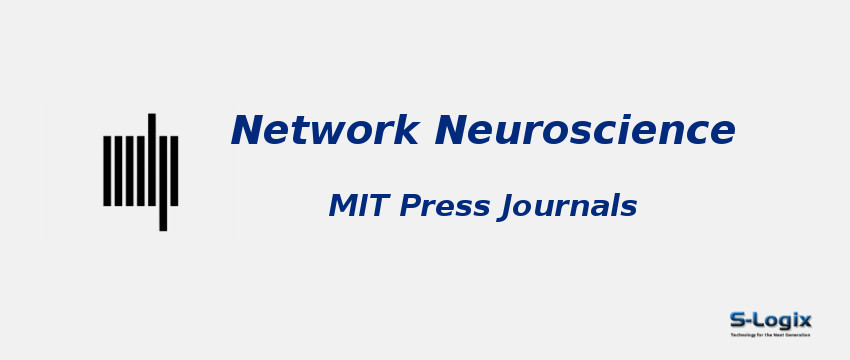Journal Home: Journal Homepage
Editor-in-Chief: Olaf Sporns
Print ISSN: 24721751
Electronic ISSN:
Abstracting and Indexing: Scopus, Science Citation Index Expanded
Imapct Factor 2024: 3.6
Subject Area and Category: Computer Science,Artificial Intelligence,Computer Science Applications ,Mathematics,Applied Mathematics,Neuroscience,Neuroscience (miscellaneous)
Publication Frequency:
H Index: 39
Q1: Applied Mathematics
Q2:
Q3:
Q4:
Cite Score: 5.9
SNIP: 0.904
Journal Rank(SJR): 1.078
Latest Articles: Latest Articles in Network Neuroscience
Guidelines for Authors: Network Neuroscience Author Guidelines
Paper Submissions: Paper Submissions in Network Neuroscience
Publisher: MIT Press Journals
Country: United States
